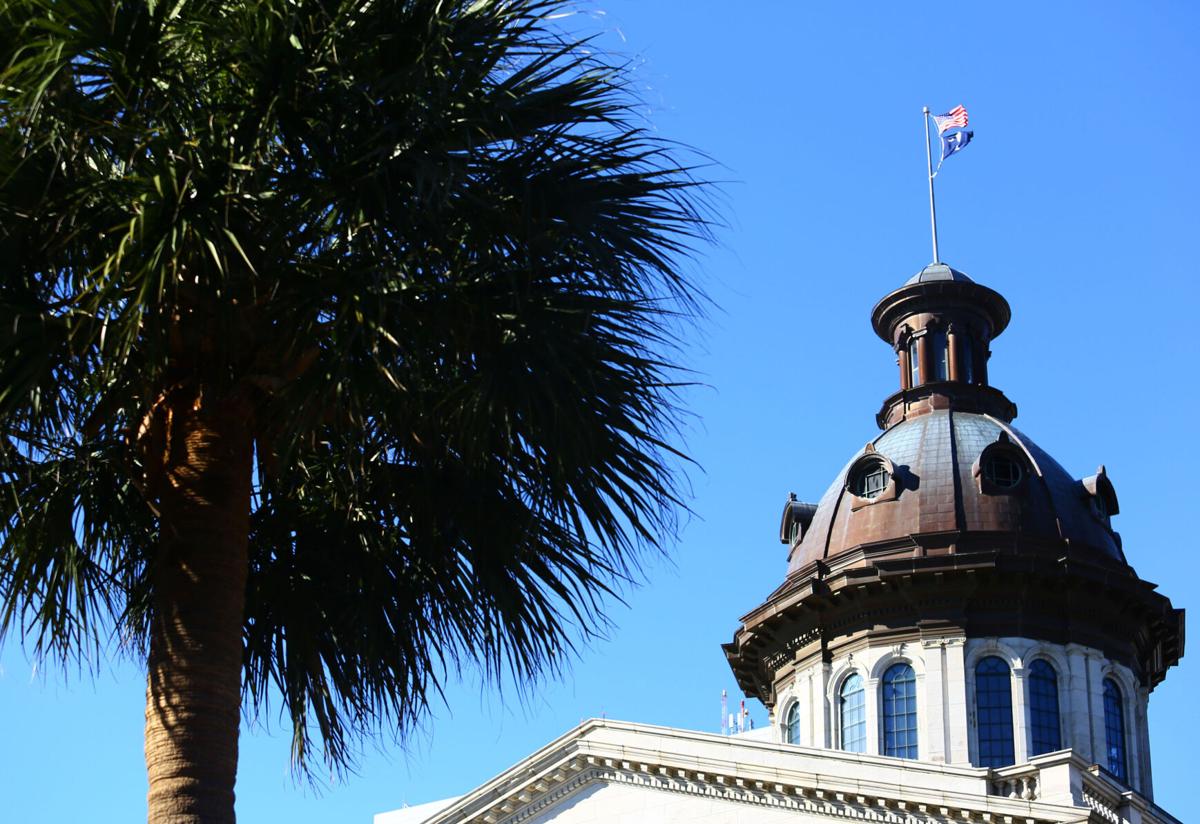Ask The Economist: Exploring Quantitative Easing

Abir Mandal
“Inflation everywhere is a monetary phenomenon,” said Milton Friedman, in his famous 1970 essay titled, The Counter-Revolution in Monetary Theory. What he meant is actually quite simple. Inflation (an overall increase in the price levels of an economy) only occurs when the amount of currency printed by the Federal Reserve exceeds the amount of goods being produced.
For example, let’s say a country only produces widgets, the market determines their price to be $1, and this creates demand for 1,000 widgets. Next, let’s assume that the supreme commanders of the country, Lords Krugman and Bernanke, decide to miraculously double the amount of money held in the bank accounts of the widget consumers. These consumers feel rich and start demanding more widgets.
However, nothing else in the economy has changed. Manufacturers are still producing just 1000 widgets. The resources and technology of the economy are completely unaffected by the appearance of more money. So if these “rich” consumers start demanding more widgets, but the manufacturers are producing the same amount as before, the price of widgets will start to rise. And suddenly we have inflation, with no increase in real Gross Domestic Product (GDP), the only real measure of actual production in an economy.
The same inflation occurs when the Federal Reserve simply adds currency to the US economy. This is exactly what the central bank has been doing with their controversial “quantitative easing” (QE) program, in their desperate bid to manufacture a recovery from the never ending of 2008.
The first phase of the ’08 bailout intervention – called “active monetary policy” – involved keeping short term interest rates artificially low, (by purchasing U.S. government bonds), and acquiring more public debt (in order to infuse more money, or in econ speak “liquidity”, into the market). However, this intervention proved impotent in the face of near 0 or even negative real short term interest rates, leaving no room for further economic “stimulation.”
So the Federal Reserve then adopted a measure called quantitative easing (QE). This involved targeting the longer term interest rates by purchase of financial assets from commercial banks. The Federal Government currently holds $2.054 trillion worth of such assets, but intends to taper off active purchases by October and let the existing assets expire as scheduled.
Two key questions surface:
GDP has not expanded significantly since the end of the recession, so why are we not seeing the inflation we would expect from so much additional money being dumped into the economy?
What will the consequences of the end of this expansionary monetary policy be?
To answer the first question, the Federal Reserve Bank pays interest on reserves held by banks. It has cleverly set this payment at a rate marginally higher than what the banks can expect to make by lending money to consumers. Thus, the Fed has incentivized banks to sit on this additional liquidity and keep the currency from ever really seeing the actual economy. Thus, no hyperinflation.
Since it doesn’t “cost” the Fed anything to keep printing money and paying interest to these banks, this is likely to continue even when QE officially expires, in a bid to prevent the extremely high inflation that would occur if all these built up reserves were released into the economy. After October, the Fed will likely start selling its stock of government debt in the market to soak up this liquidity. What exactly was the point of this money shell game? Even if we are doomed to end up where we started, the Fed evidently feels better to have been busy moving money around.
When the Quantitative Easing plan expires, the Fed has given the markets enough notice that we are likely to see a only a soft deflation in both asset prices and the stock market as people start pulling money out to take advantage of higher interest rates. This should not ultimately effect the real economy, since the infused liquidity was not actually in play in the first place. However, since markets and economies are affected by public perceptions in the short run, I would expect some negative but temporary swings throughout October.
—Abir Mandal, PhD Candidate, Clemson University Department of Economics and Palmetto Policy Forum Summer Fellow






